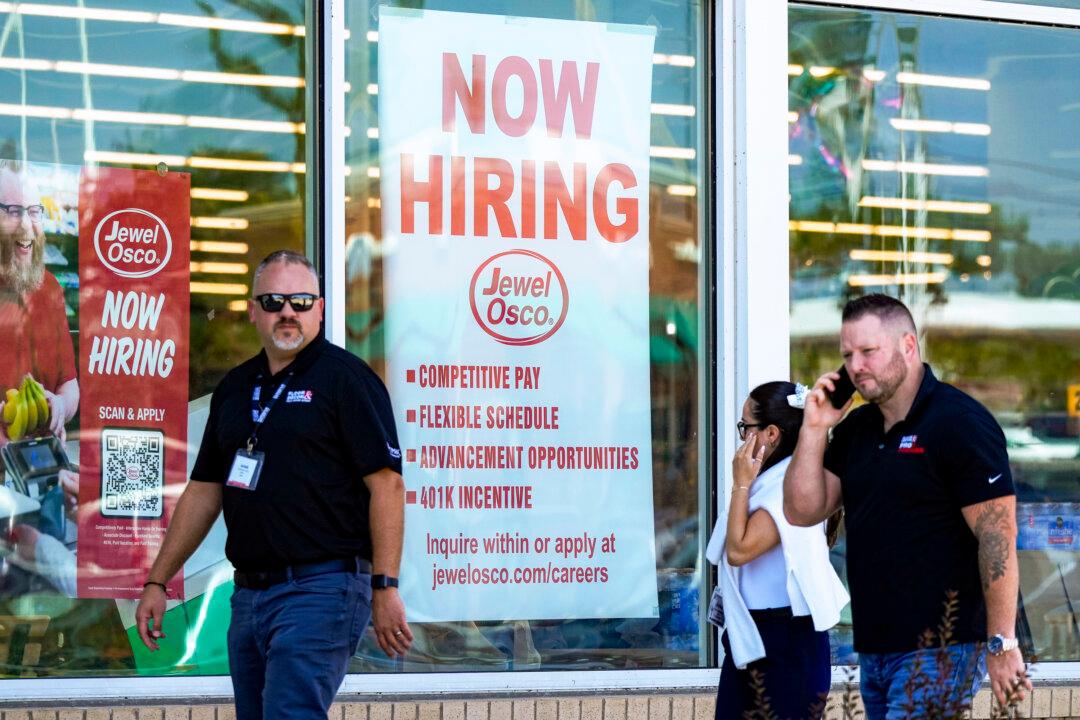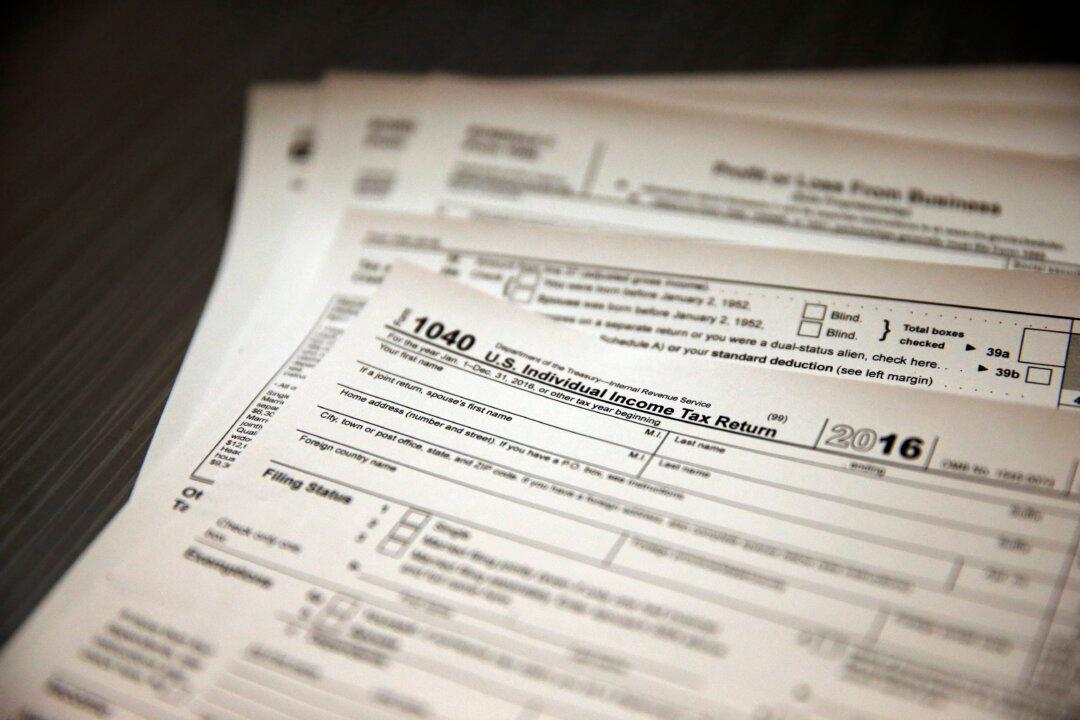Too many job openings and not enough takers: That was a major bottom line for U.S. business in 2024, and the outlook for the coming year is uncertain at best.
And as the economy heads into the new year, the ongoing U.S. labor shortages will not only continue to hamper wealth and resources to some degree but also could soon lead to an overhaul of entire workforce systems that have been in place for years.




